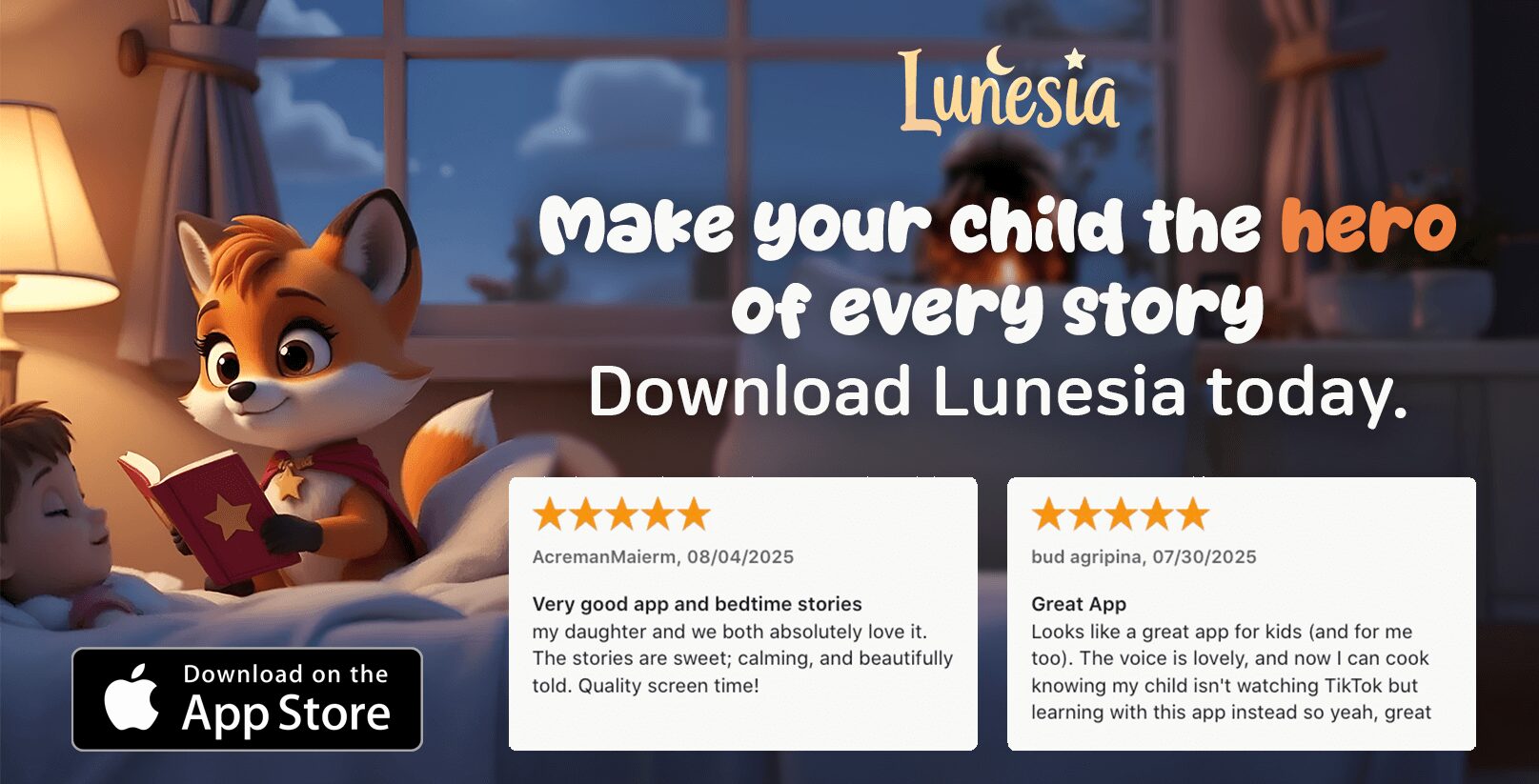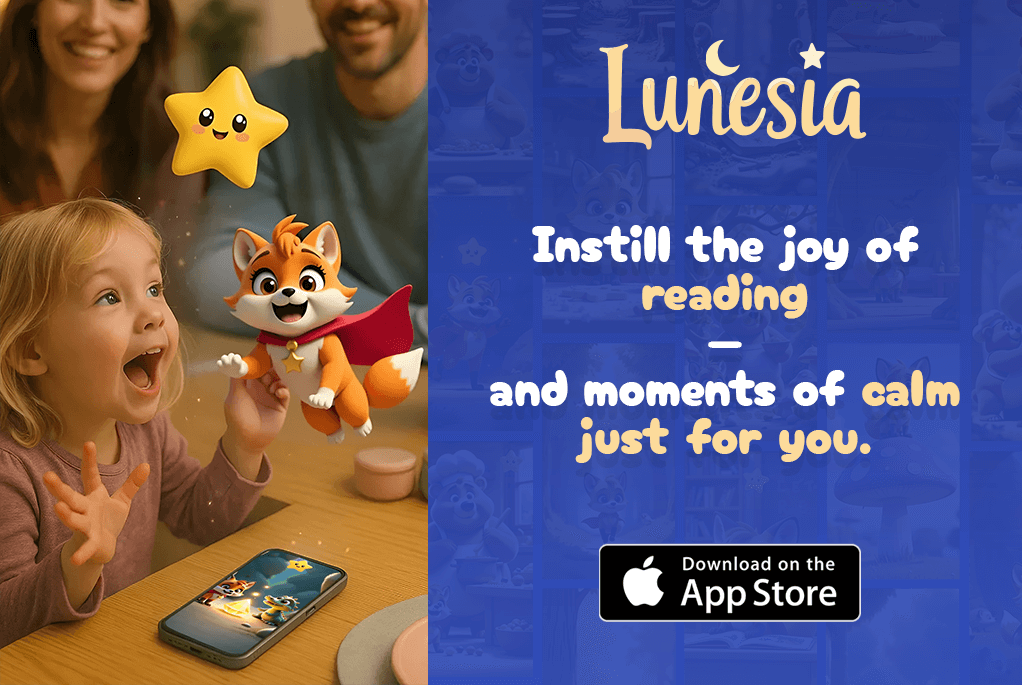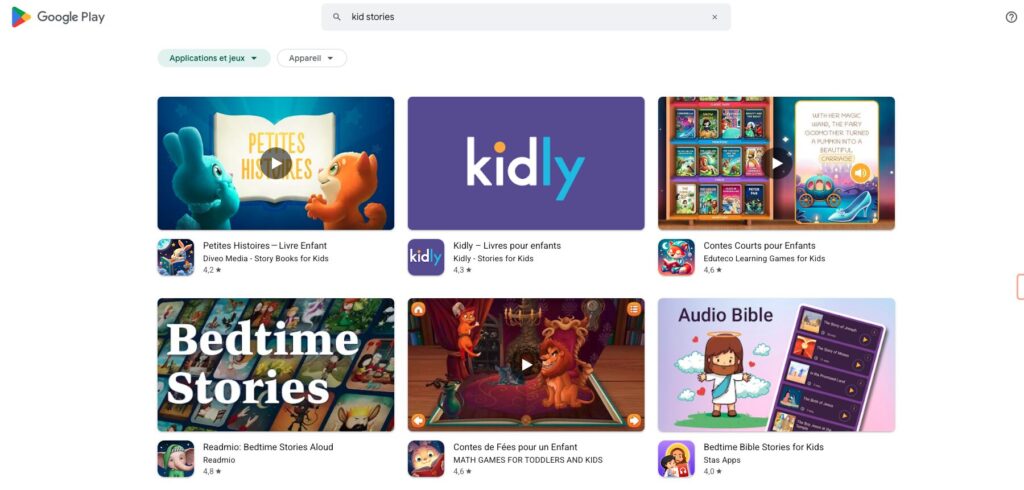As a parent, I’ve always believed in the magic of books. Over the past 20 years, I’ve seen how technology has transformed the way our children learn and play. Yet, one thing has remained constant in my home: the joy of reading together. It’s more than just a habit—it’s a way to connect, inspire, and grow.

Whether it’s a cozy bedtime story or a lively session at the local library, these moments create lasting memories. Libraries, like the St. Joseph County Public Library, offer free programs that make reading accessible to everyone. These sessions often include themed books, songs, and interactive activities that engage young minds.
Even before birth, babies begin to recognize the rhythm and patterns of language. Reading aloud to your child, even for just 15 minutes a day, can lay the foundation for their learning and development. It’s a small investment of time that can make a big difference in their life.
So, grab a book, find a quiet spot, and let the adventure begin. Together, we can nurture a love for reading that will last a lifetime.
How Daily Storytime Enhances Cognitive Development
Reading aloud to children isn’t just fun—it’s a powerful tool for their growth. Research shows that early exposure to books lays a strong foundation for language development and literacy. According to the ASHA 2022 study, children absorb language patterns even before they start speaking.
Building Language and Literacy Skills
When you read to your child, you’re helping them build essential skills. Studies by Pence & Justice (2017) highlight that preschool literacy includes phonological awareness, print recognition, and alphabet knowledge. Libraries, like the SJCPL, use techniques like dialogic reading to encourage active participation. For example, asking, “Why do you think Corduroy did that?” sparks analysis and deeper comprehension.
Improving Memory and Critical Thinking
Storytime also boosts memory and critical thinking. Memory games, like recapping “What Happened Next?” between books, make learning interactive. Rhyming books, such as Dr. Seuss, enhance phonological awareness. My friend Miriam’s daughter memorized and retold Llama Llama Red Pajama at just 18 months—a testament to how stories stick with young minds.
Encouraging Curiosity and Problem-Solving
Books naturally spark curiosity. They introduce new words, ideas, and scenarios that encourage problem-solving. The Shahaeian 2018 study found that early reading habits are linked to better performance in school. By asking open-ended questions, you help children develop the ability to think critically and creatively.
Every story shared is a step toward building a brighter future for your child. So, grab a book and start this rewarding journey today.
The Social Benefits of Daily Storytime
Sharing stories with others helps kids connect in meaningful ways. Whether it’s in a library circle or at home, these moments create opportunities for social growth. Group reading sessions teach children how to communicate, share, and interact with their peers.

Fostering Communication and Social Skills
When kids gather to listen to a story, they learn to express themselves. Asking questions like, “What would you do in this situation?” encourages them to think and respond. This builds their social skills and confidence in group settings.
Promoting Sharing and Taking Turns
Activities like “pass the teddy bear” during retellings of Brown Bear, Brown Bear teach sharing and patience. Kids learn to wait their turn and listen to others, which are essential life skills. These small moments make a big difference in their development.
Creating Opportunities for Peer Interaction
Story sessions also help children form friendships. For example, a shy toddler might initiate their first conversation over a discussion of Goodnight Moon. Multicultural stories, like Last Stop on Market Street, expand their understanding of the world and foster inclusivity.
Parents benefit too, often networking during post-session coffee chats. Mixed-age events, like “buddy reading,” pair older siblings with younger ones, creating a supportive environment for everyone. These interactions make storytime a valuable opportunity for both kids and adults.
Emotional Growth Through Daily Storytime
The emotional world of a child is vast, and stories can help navigate it. Books like The Rabbit Listened teach kids how to process grief and loss. Activities such as “feeling faces,” where children mirror characters’ emotions, make these lessons interactive and fun.
Creating a safe space for emotional exploration is vital. A nightly reading ritual can reduce separation anxiety. In fact, 63% of parents report improvement in their child’s behavior after consistent reading sessions. Miriam, a fellow mom, shared how Click Clack Moo became their secret language during her divorce. “It helped us stay connected,” she said.
Developing Empathy and Emotional Intelligence
Books introduce kids to diverse perspectives, fostering empathy. Stories like Last Stop on Market Street teach inclusivity and understanding. Post-reading questions, such as “When did you feel brave like Ada Twist?” encourage deeper reflection.
Strengthening Parent-Child Bonds
Reading together strengthens parent-child bonds. It’s a time for love and connection. Over the years, these moments build trust and create lasting memories. As Miriam put it, “Books became our family’s glue.”
By using stories to address fears—like the monster under the bed—kids learn courage strategies. This not only normalizes their feelings but also empowers them to face challenges. Every story shared is an opportunity to nurture emotional growth and build a stronger family connection.
Practical Advantages of Daily Storytime
When it comes to enriching your child’s life, few activities are as impactful and affordable as reading together. Unlike expensive extracurriculars, stories and books are accessible to everyone, thanks to local library programs and free resources.

Accessible and Cost-Effective Learning
My friend Miriam once compared the cost of her daughter’s gymnastics classes—$300 a month—to the free access provided by our local library. A library card costs nothing, while music lessons can run $25 per class. Reading is a cost-effective way to support your child’s learning without straining your budget.
Encouraging a Lifelong Love for Reading
Starting early helps children develop a love for books that lasts a lifetime. Miriam’s daughter, now studying literature at Purdue, credits her early exposure to stories for her passion. Summer reading challenges, like those at SJCPL, also prevent “brain drain” during school breaks.
Supporting School Readiness and Academic Success
Reading prepares children for school readiness by teaching essential skills like sitting still, raising hands, and following sequences. A kindergarten teacher once shared that kids who attend reading sessions recognize 40% more sight words. These early advantages pave the way for academic success in later years.
Whether it’s through free ebooks on OverDrive or a visit to your local library, reading is a powerful tool for your child’s growth. It’s not just about the stories—it’s about building a brighter future, one page at a time.
Conclusion
Books have a unique way of shaping a child’s world, one page at a time. Just 15 minutes of reading each day can lead to 9,125 literacy exposures by kindergarten. That’s the power of consistent, shared moments with books.
Miriam, a fellow parent, swears by the Carmel Clay Public Library in Indiana. Their storytime calendar is packed with engaging sessions for children of all ages. She often says, “It’s not just about the books—it’s about the connections we build.”
Ready to start? Text LIBRARY to 555-123 to find your nearest session. The impact of reading goes beyond words—it’s about nurturing a love for reading that lasts a lifetime.
As Miriam puts it, “The gift of reading isn’t about books—it’s about building humans.” So, grab a book, share a story, and watch your child’s development unfold. For more insights on the benefits of reading, explore this resource.
FAQ
How does reading with my child improve their language skills?
Reading aloud introduces new words and sentence structures, helping children expand their vocabulary and understand language patterns. It also encourages them to ask questions and engage in conversations, boosting their communication abilities.
Can storytime help my child develop empathy?
Absolutely! Stories often explore emotions and different perspectives, allowing children to relate to characters and understand feelings. This fosters emotional intelligence and empathy as they learn to connect with others’ experiences.
What are the cognitive benefits of regular reading sessions?
Regular reading enhances memory, critical thinking, and problem-solving skills. It encourages children to focus, analyze situations, and make connections, which are essential for cognitive development.
How does storytime support school readiness?
Reading prepares children for school by improving literacy, comprehension, and listening skills. It also introduces them to structured learning, making the transition to formal education smoother.
Is storytime a good way to bond with my child?
Yes! Sharing stories creates a special, intimate moment between you and your child. It strengthens your relationship, builds trust, and provides a safe space for emotional connection.
Can reading help my child become more curious?
Definitely! Stories open up new worlds and ideas, sparking curiosity and a desire to learn more. They encourage children to ask questions and explore their interests.
How does storytime promote social skills?
Reading together fosters communication, sharing, and taking turns. It also provides opportunities for peer interaction, especially in group settings like libraries or classrooms.
Is reading an affordable way to support my child’s development?
Yes, reading is a cost-effective and accessible way to enhance learning. Libraries offer free resources, and even a few books at home can make a significant impact on your child’s growth.
Can storytime help my child develop a love for reading?
Absolutely! Making reading a fun and regular activity instills a lifelong love for books. It encourages children to see reading as an enjoyable and rewarding experience.



